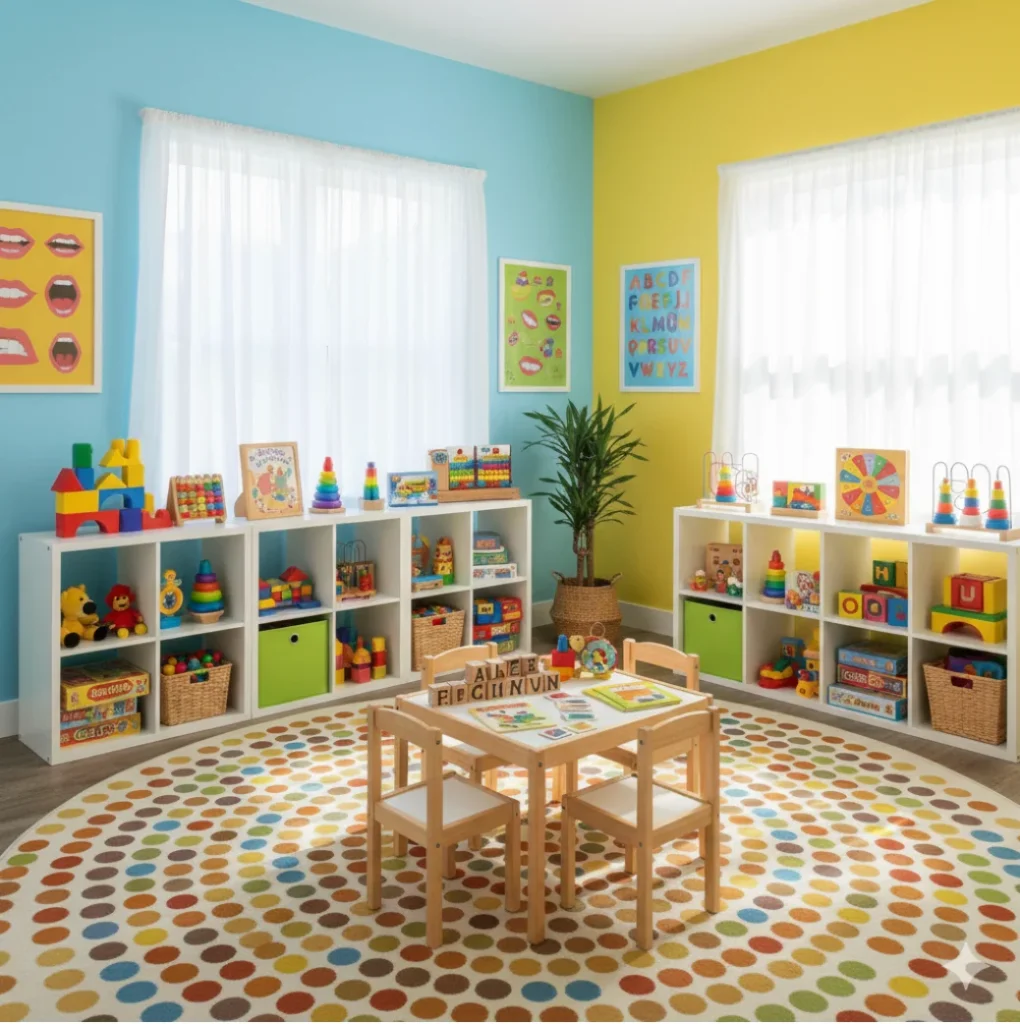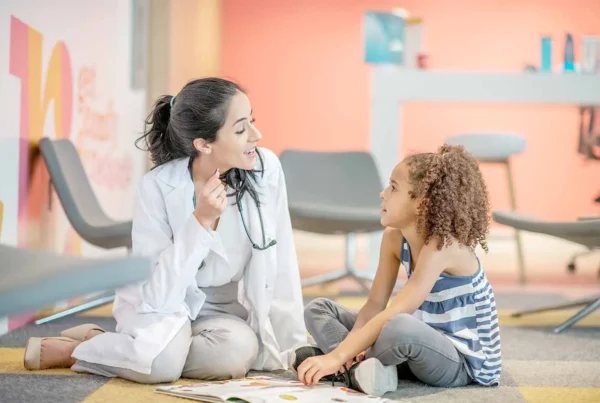Early intervention speech therapy helps children strengthen their ability to communicate, connect, and grow with confidence. This article explains what happens during a specialist-led session, how parents participate, and why early support leads to the best results for lifelong language development.
Jill Dews, M.A., CCC-SLP, founded Let’s Talk Speech and Language Therapy in 2002 with a focus on early intervention. With her master’s degree in Communicative Disorders from California State University, Long Beach, and years of experience in the Capistrano Unified School District, she has guided countless children toward stronger communication skills. Her evidence-based, compassionate approach ensures families feel supported at every step of the process.
Understanding the Purpose of Early Intervention
Early intervention speech therapy supports children who show delays in communication skills such as speech, listening, or social interaction. These sessions are especially valuable during the first few years of life, when a child’s brain is developing rapidly. The goal is not just to correct speech but to strengthen the child’s ability to express thoughts, understand others, and participate in everyday routines.
Parents from neighborhoods like Pacific Hills, Arroyo Vista, and Evergreen Ridge often describe early intervention as life-changing. The process builds confidence for both children and caregivers, showing families how everyday play can foster communication growth and emotional connection.
What Happens During a Typical Speech Therapy Session
Each session is designed around the child’s specific goals, abilities, and interests. Therapists use structured play, songs, and language-rich activities that encourage natural communication. Sessions often include interactive games, sensory experiences, and hands-on exercises that help children learn through play.
Every moment in therapy matters, from the first sound to the first sentence. By keeping sessions fun and consistent, children stay engaged and motivated to practice their new skills. Over time, progress becomes visible as children gain confidence, independence, and the ability to express themselves more clearly.
Common Activities in Each Session
- Play-based learning: Toys, books, and games are chosen to inspire words and gestures.
- Parent participation: Families are shown how to support speech development at home.
- Progress tracking: Therapists record milestones and adjust strategies as children advance.
These structured, supportive sessions help families see communication as part of daily life, not just something practiced during appointments.

The Role of Parents in Speech Therapy
Parents are an essential part of every session. In Jill Dews’ approach, caregivers learn practical tools that turn daily routines into learning opportunities. During a session, you might learn how to model language while your child eats, reads, or plays. The goal is not just improvement inside the clinic but growth at home, at school, and in the community.
Active caregiver participation accelerates progress and builds confidence. When parents understand the goals and techniques, they can reinforce therapy between visits. Over time, this teamwork leads to faster and more lasting results that strengthen the family bond as well as the child’s communication skills.
Comparing Early Intervention and School-Age Therapy
| Aspect | Early Intervention | School-Age Therapy |
| Focus | Building foundational communication and social skills | Refining speech, reading, and academic communication |
| Setting | Play-based and family-centered | Structured with curriculum-based goals |
| Parent Role | Highly involved during sessions | Supportive but more observational |
| Frequency | Often 1-2 times per week | Varies based on needs and school program |
| Outcome | Improved interaction and readiness for learning | Enhanced articulation and academic confidence |
Early intervention therapy focuses on building the emotional and social groundwork for language, while school-age therapy often strengthens those skills for classroom success. Both approaches are important and tailored to a child’s stage of growth and communication development.
Tools and Techniques Used in Early Intervention
Speech-language pathologists use a variety of methods to meet children where they are developmentally. Here are a few that parents might see in action during a session:
- Modeling and imitation: The therapist demonstrates sounds or words for the child to repeat.
- Visual supports: Pictures and gestures help children connect meaning to language.
- Reinforcement and praise: Positive feedback builds motivation and confidence.
These techniques are adapted for each child’s pace, ensuring every session feels encouraging, not pressured. By combining patience, repetition, and creativity, therapists help children progress steadily while keeping the experience enjoyable for both the child and family.
Taking the Next Step
Every parent wants to help their child communicate with confidence, and taking the first step is easier than you think. At Let’s Talk Speech and Language Therapy, our team led by Jill Dews, M.A., CCC-SLP, partners with families to create personalized early intervention plans that encourage language growth through play and connection.
If you’re ready to learn how speech therapy can help your child, schedule a consultation today. You’ll discover a clear plan, caring guidance, and a supportive environment that helps your child’s voice grow stronger every day.
Let’s Talk Speech and Language Therapy
27285 Las Ramblas, Suite #210
Mission Viejo, California 92691
(949) 218-0508
Driving Directions
Jill Dews, M.A., CCC-SLP
CA License #: SP12461
Link to Verify License
Frequently Asked Questions
What age is best for early intervention speech therapy?
Parents want to know the ideal window for supporting their child’s communication, as early intervention can make a big difference in future success.
What people should be asking instead: How does starting speech therapy before age 3 benefit my child’s communication and learning?
- Early intervention speech therapy is most effective for children between birth and three years old, when brain development and language acquisition are most adaptable.
- Intervening early helps address communication delays before they affect learning and social skills, taking advantage of the brain’s natural plasticity.
- Services are tailored by specialists to the child’s specific needs, and earlier support is linked to better long-term outcomes.
How long does it take to see progress in speech therapy?
Families want to set realistic expectations for progress and know how to help their child succeed.
What people should be asking instead: What influences a child’s rate of improvement in speech therapy?
- Many children show progress within a few weeks of starting regular, consistent speech therapy sessions.
- Progress depends on the child’s age, type of speech challenge, how often therapy takes place, and the involvement of parents and caregivers at home.
- Research highlights that active family participation and practice between sessions accelerate improvement.
Speech Therapy Guidelines and Timelines | Sentara Health, 2024
What if my child resists participating during sessions?
It’s normal for children to feel unsure initially, so knowing how therapists build trust and engagement reassures parents.
What people should be asking instead: How do therapists help children warm up to speech therapy if they’re shy or hesitant?
- It’s common for children to hesitate or be shy in new therapy environments, especially at first.
- Speech therapists use play, routines, and a positive, supportive atmosphere to help children build confidence and feel comfortable.
- Parents are encouraged to be patient, consistent, and communicate openly with the therapist; most children become more engaged as they build relationships over time.
Early Intervention Speech Therapy Techniques | Advanced Therapy Clinic, 2025





